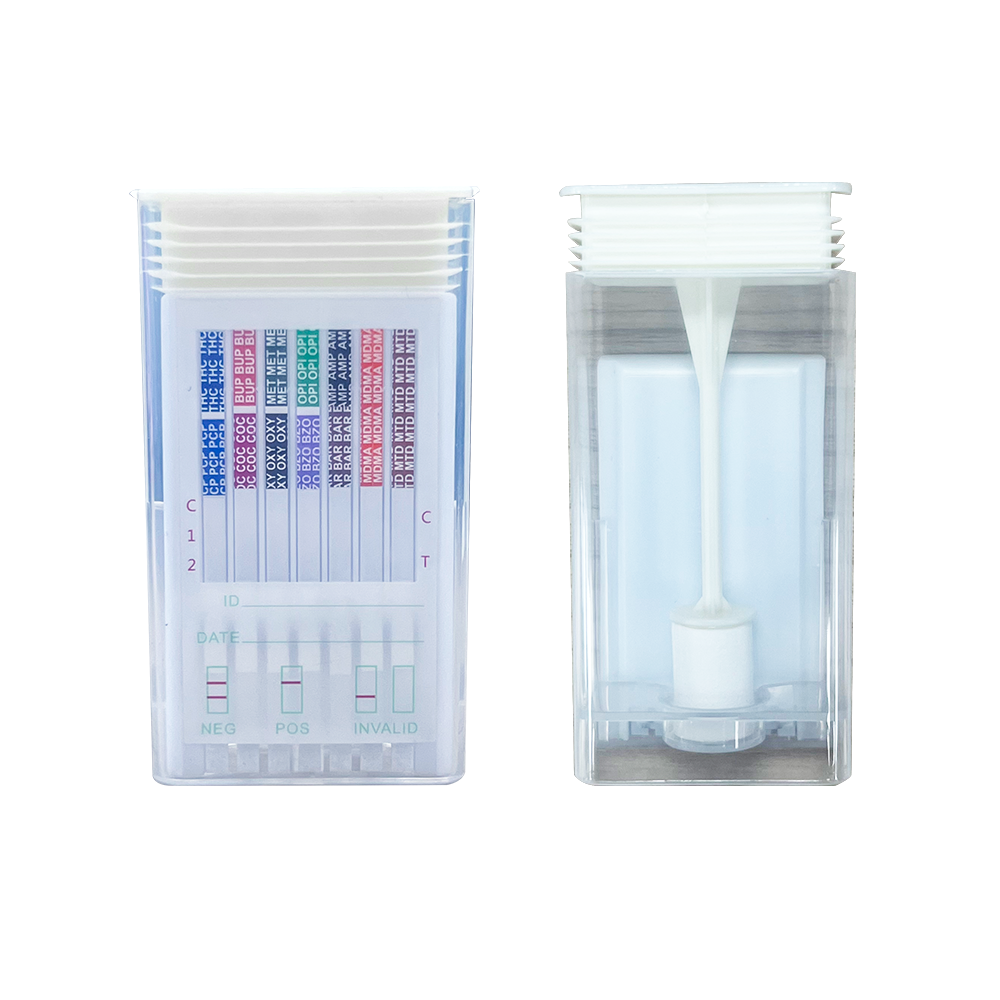Definition of In Vitro Diagnostics as Medical Devices
In vitro diagnostics (IVDs) are tests conducted on biological samples taken from the human body, such as blood or tissue. These tests are performed outside of the living organism, often within laboratory environments. The Food and Drug Administration (FDA) defines IVDs as medical devices because they are crucial for diagnosing and monitoring health conditions.
The Role of IVDs in Healthcare
IVDs play a pivotal role in healthcare by enabling early detection and diagnosis of diseases, which can lead to better patient outcomes. They help in disease prevention and management by providing vital information about an individual's health status.
Regulatory Framework for IVDs
The regulatory framework for in vitro diagnostics is stringent to ensure the safety and effectiveness of these medical devices. IVDs, like other medical devices, must comply with the Federal Food, Drug, and Cosmetic Act (FD&C Act) and the Public Health Service Act.
General Controls and Specific Regulations
- The FDA imposes General Controls that include provisions on device registration, listing, and adherence to manufacturing practices.
- Specific regulations for IVDs are detailed in the Code of Federal Regulations (CFR), specifically in 21 CFR 809.3.
Classification of IVDs within Medical Devices
IVDs are classified into different categories, which determine the level of regulatory control exerted over them. The classification is based on the risk they pose to patients if inaccurately diagnosed.
Classes of IVDs
- Class I: These are considered low-risk devices and often have the least regulatory requirements.
- Class II: These devices require more regulatory control to ensure effectiveness.
- Class III: High-risk devices that require significant regulatory oversight and premarket approval.
General Purpose and Analyte Specific Reagents
Two significant types of components within IVDs include General Purpose Reagents (GPRs) and Analyte Specific Reagents (ASRs). Both play fundamental roles in diagnostic testing.
Differences Between GPRs and ASRs
- General Purpose Reagents: Used widely across laboratory applications, GPRs are not specific to any singular diagnostic test.
- Analyte Specific Reagents: These are designed for specific diagnostic applications and are crucial for identifying and quantifying chemical substances in samples.
Pre-Market and Post-Market Controls for IVDs
IVDs, as medical devices, are subject to both pre-market and post-market regulatory controls to ensure they meet safety and effectiveness standards.
Pre-Market Processes
- IVDs undergo rigorous testing and evaluation before being approved for the market, requiring either a 510(k) premarket notification or a Pre-Market Approval (PMA).
Post-Market Surveillance
- Post-market surveillance involves the monitoring of IVDs once they are available on the market to ensure ongoing compliance with regulatory standards.
CLIA '88 and Its Impact on IVDs
The Clinical Laboratory Improvement Amendments (CLIA) of 1988 set quality standards for laboratory testing, directly affecting IVDs. These laws ensure the accuracy and reliability of diagnostic testing across laboratories.
CLIA Categories and Certifications
- IVDs are categorized under different CLIA certification levels based on the complexity of the tests, influencing the regulatory requirements they must meet.
The Pre-Submission Process for IVDs
The Pre-Submission process allows manufacturers to seek feedback from the FDA before formally submitting their devices for market approval. This process can guide the development and regulatory strategy for new IVDs.
Benefits and Considerations
- Engaging in Pre-Submission can mitigate risks by aligning product development with FDA expectations and requirements early in the process.
Overview of 510(k) and PMA Processes
There are two main pathways for regulatory approval of IVDs: 510(k) premarket notification and Pre-Market Approval (PMA). Each pathway involves different levels of scrutiny and data submission requirements.
510(k) Premarket Notification
- This process is used for IVDs that show substantial equivalence to a legally marketed device, requiring demonstration of similar safety and effectiveness.
Pre-Market Approval (PMA)
- PMA is necessary for high-risk devices, requiring comprehensive data to substantiate the safety and effectiveness of the IVD.
Global Regulatory Landscape for IVDs
The regulatory requirements for IVDs vary globally, with different countries enforcing their own standards and classification systems. It is essential for Custom, Factory, and Supplier stakeholders to understand these differences when entering international markets.
International Regulations
- Countries like the United States, European Union member states, and Asia-Pacific nations have distinct regulatory frameworks that govern IVDs.
Future Trends in IVD Development and Regulation
The field of in vitro diagnostics is evolving rapidly with advancements in technology, leading to more precise and efficient diagnostic tools. Regulatory bodies are adapting to these innovations to ensure continued safety and efficacy.
Technological Innovations
- Emerging technologies, such as point-of-care testing and digital health integration, are shaping the future of IVDs, offering promising developments in healthcare diagnostics.
Hysen Provide Solutions
Hysen is committed to offering solutions in the field of in vitro diagnostics by collaborating with Custom, Factory, and Supplier partners to ensure compliance with regulatory standards. Our comprehensive services include regulatory consulting, product development support, and market access strategies to enhance the safety and effectiveness of IVDs. Hysen's team of experts ensures that every stage, from conception to commercialization, aligns with global regulatory expectations, enabling our clients to deliver reliable and innovative diagnostic solutions.
User hot search: In Vitro Diagnostic (IVD)
Post time: Jul-25-2025
















